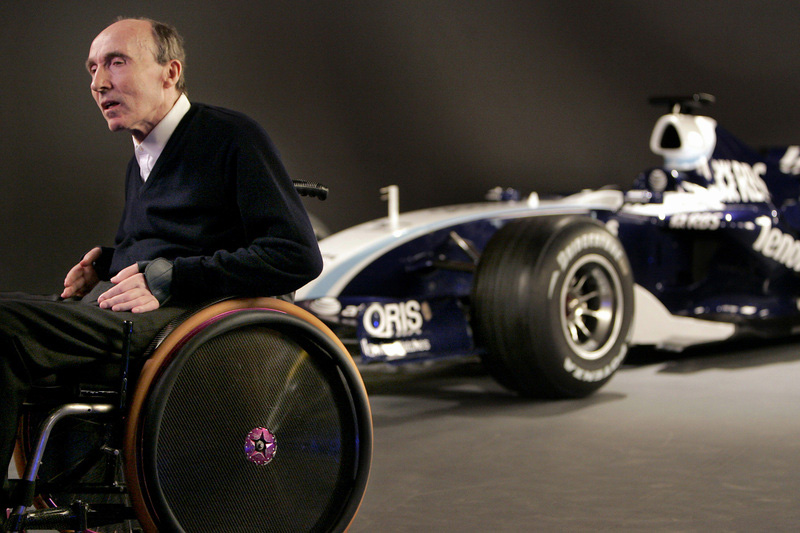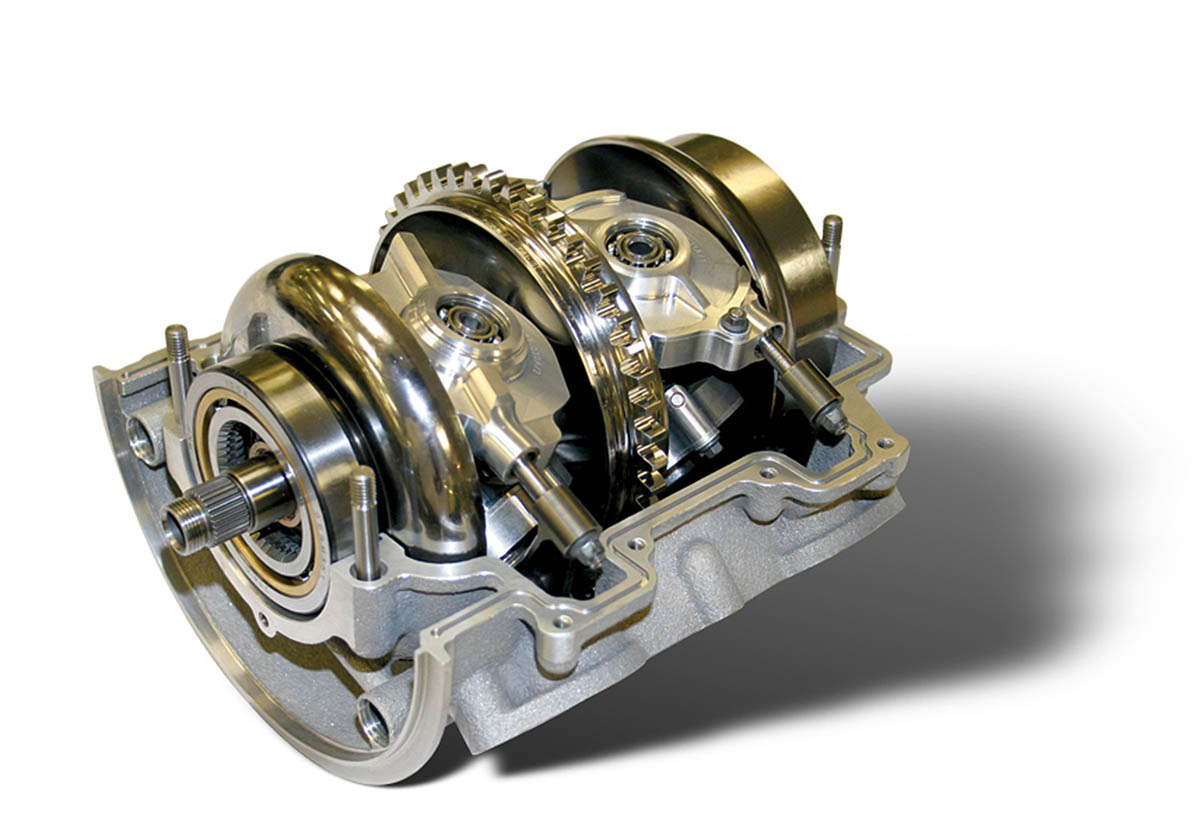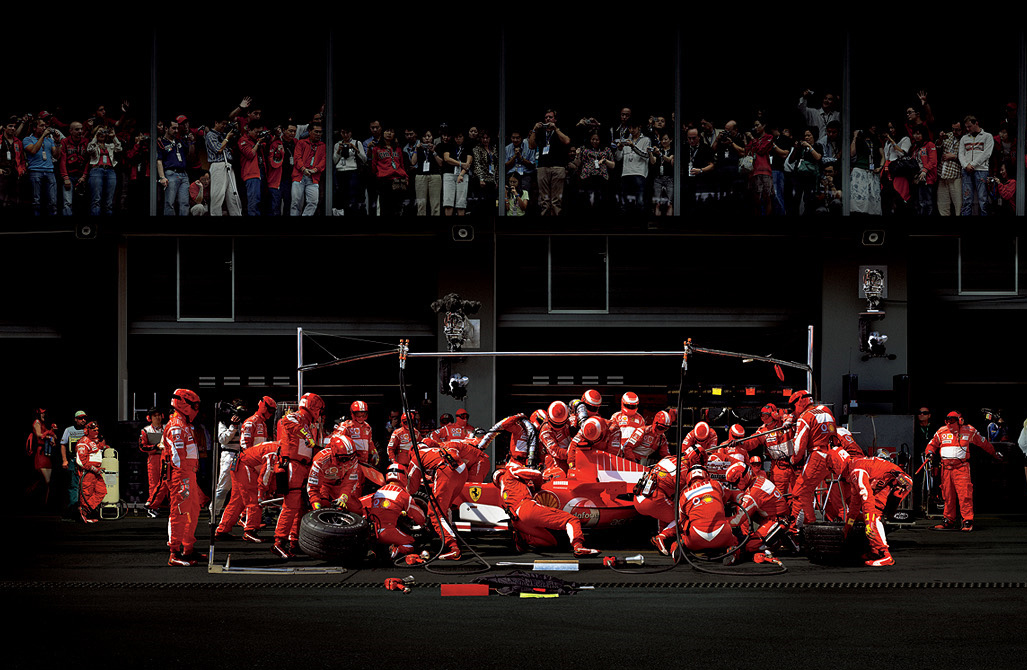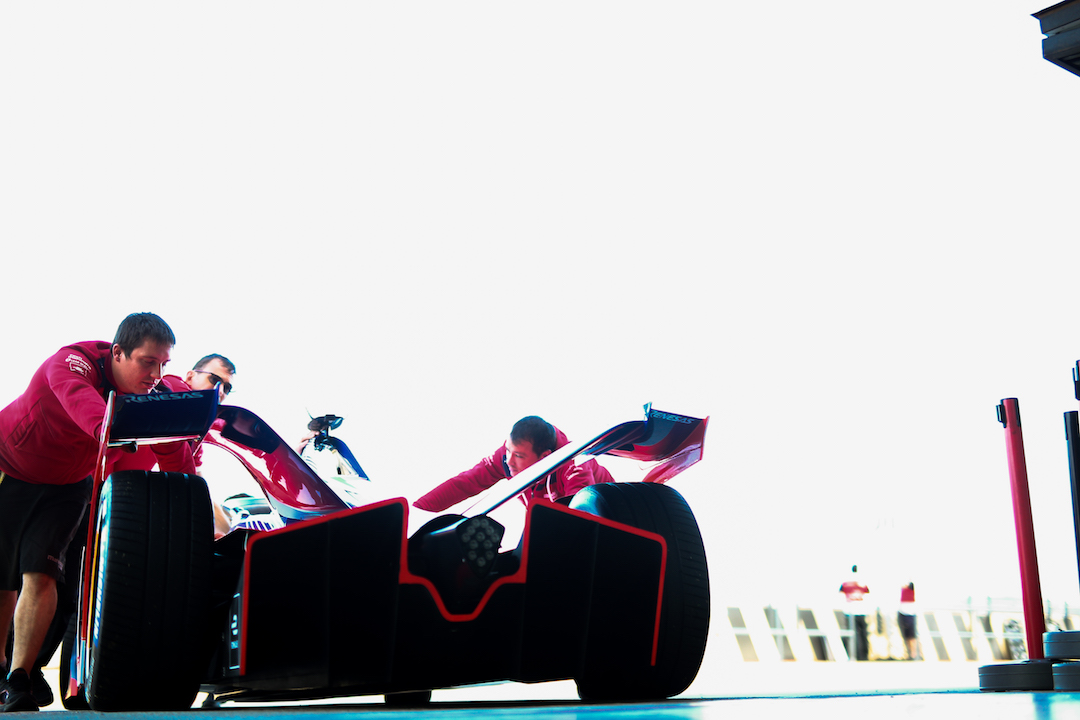"The new Formula 1 season is here. And this time the organisers really hope that you won’t scratch your head and wonder what all this has to do with you and your car. The new engines are dramatically smaller – V6 "

Formula For (Environmental) Disaster?
When it comes to environmental issues Formula 1 is not exactly ‘on message.’ A Grand Prix car is a high-revving, incredibly noisy projectile and its sole purpose is to go quickly. Not, as yet, to go quickly economically. It’s a wholly anti-social animal if that’s the way you want to see it.
Life changes and with even Australians lamenting the ‘Nanny state’, is Formula 1 at risk of falling victim to an argument that, like boxing, it belongs to a bygone age? Is it harmful, socially unacceptable and ultimately heading for a ban?
As Frank Williams said recently, while discussing the reintroduction of KERS (Kinetic Energy Recovery Systems), “F1 needs a totem. KERS is a very meaningful thing for emissions control, it does save power. It’s expensive, it’s difficult technology and a big swallow, but sooner or later F1 is going to get aggro from one of these bodies that causes aggro…”

That is something that former FIA president Max Mosley concluded some time ago. He realised the need for F1 to be seen to be as green as possible, which is why he wanted to introduce KERS, reduce engine capacities and curb spending which, across F1’s manufacturers, had reached a billion dollars annually.
Suddenly, instead of being a global advertising platform irresistible to companies such as Honda, Toyota and Renault as well as premium brands like Ferrari, Mercedes and BMW, F1 found all the rats deserting a sinking ship. In quick succession, Honda, Toyota and BMW all left and Renault, you suspect, might have followed suit had it not been for its involvement in the Singapore ‘Crashgate’ saga. Instead, it sold 75% of the shareholding in its F1 operation.
The driving force behind this was not the environment itself, so much as the financial environment — the credit crunch. With sales figures catastrophic and redundancies and reduced working weeks a reality, it became ever more politically difficult for manufacturers to justify money spent on an F1 programme. And it wasn’t just car manufacturers. Bookings for F1’s Paddock Club (where corporate guests are entertained lavishly at considerable expense) nosedived too. Suddenly it wasn’t very PC for the likes of RBS to be seen to be glad-handing lavishly while worldwide economies went bust.
But what the credit crunch has also done is accelerate a change in advertising emphasis. Look at car advertising now, even for the likes of BMW, and it’s not performance oriented anymore. It’s all about frugality and pleasant experiences. Drives in the country, things like that.

Look at the tyre manufacturers too. Bridgestone has used F1 to great effect as a brand building exercise but recently announced its withdrawal. Why? Not, whatever it might say, because of cost. It’s F1 spend relative to its profit is insignificant. It’s because the head honcho is behind a ‘green’ marketing strategy and has a problem squaring that with Formula 1.
Michelin has recently signalled interest in a return to the F1 arena it left in 2006. But, significantly, it wants to be able to demonstrate the energy efficiency of its tyres. Only recently, leading Autosport F1 journalist Mark Hughes has been writing about the possibility of linking a tyre’s rolling resistance with permitted fuel density. His suggestion is, the lower the rolling resistance of your tyres, the denser your fuel is allowed to be, allowing you to carry more fuel energy for less weight and go quicker. He advocates getting the tyre and fuel companies working hand-in-glove to improve efficiency across the board.
Thus far, F1 and eco-friendliness have been no more than nodding acquaintances. It was deeply ironic that having introduced KERS, F1 failed to make it compulsory. The likes of Ferrari, McLaren and Renault spent serious money developing KERS systems for 2009 (McLaren-Mercedes is reckoned to have spent £50 million) only to see Red Bull and Brawn decide that the effects of a KERS system on chassis bulk outweighed its advantages, and blow them into the weeds!
Frank Williams is probably right. Sooner or later F1 will flag up on someone’s radar and it’s ‘need to be green’ may have to be more than a token gesture.

CLICK TO ENLARGE









